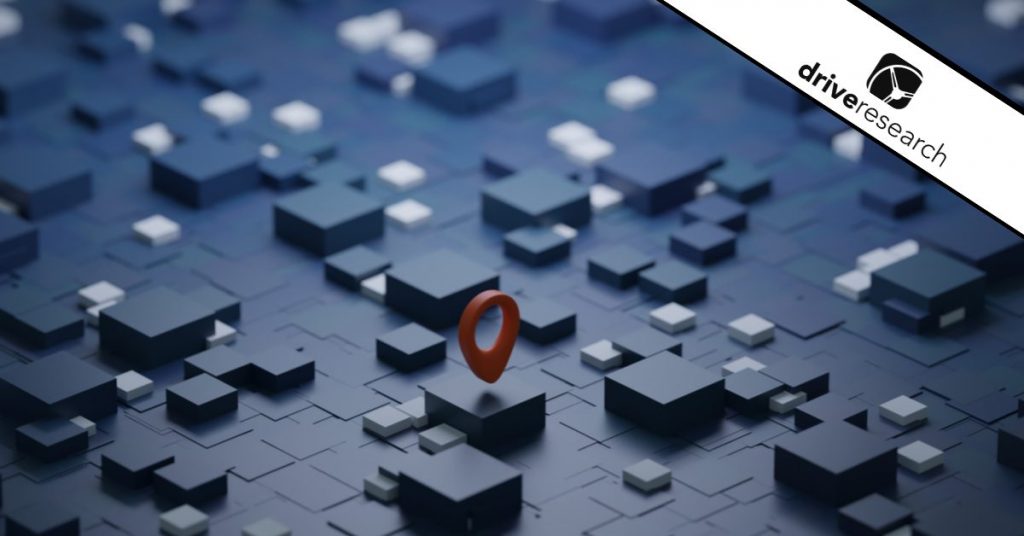
As market research methodologies continue to evolve, geofencing has undoubtedly taken the industry by storm.
When used for market research surveys, geofencing allows brands to gather quick insights from their target demographic in real time.
In this blog post, our market research company shares more details about this methodology including the definition of geofencing, its benefits, and an example of how organizations can leverage geofencing for online surveys.
What is Geofencing?
Before diving into the benefits and processes of using geofencing, let’s discuss a quick definition.
The Definition of Geofencing
Geofencing is the ability to create an imaginary or virtual boundary that surrounds a location. Geofences are created through GPS location devices or other location-based service (LBS) software such as radio frequency identification (RFID).
Moreover, the geofence or perimeter can be represented by a radius from a location or point, drive time from a location or point, census blocks, or custom-designed areas.
To learn more, read The Case for a Geofencing Survey.
The Purpose of Geofencing
Applications of this geofencing and lat-long targeting extend beyond market research being that it’s primary purpose is to enable location-aware interactions and services.
Geofencing is commonly used for tasks such as:
- Sending targeted advertisements to users within a certain area
- Enhancing location-based marketing
- Automating tasks based on a user’s location
- Providing real-time alerts or notifications relevant to specific geographic zones
For instance, retail locations like Target and Walmart are using geofencing to send coupons to customers who enter the geofence and have downloaded the store app on their smartphones.
This ensures coupons are sent at times when customers are near a store and as a result, may be most vulnerable to marketing.
Why Geofencing is Beneficial for Surveys
Geofencing is becoming a popular tool for market research surveys because it allows researchers and organizations to gather targeted and location-specific feedback from participants within a defined geographic area.
By sending survey notifications to individuals when they enter or exit a specific location, online survey agencies can ensure that survey responses are relevant to particular events, places, or experiences.
All of which helps to increase the accuracy and contextual richness of the collected data.
Moreover, geofencing is beneficial for surveys because:
1. Increased Response Rates
Geofencing is a new application and growing trend in the mobile market research landscape. Due to declining response rates using other methodologies, researchers are being forced to discover new ways to collect data.
In this case, geofencing in market research is arguably better, because it offers the ability to survey respondents in their true shopping environment.
Traditional methodologies may become a thing of the past due to new methodologies such as geofencing surveys. To learn more, here are 7 Reasons Driving the Collapse of Phone Surveys.
2. Data is More Realistic
Data collected in this fashion will be more realistic and forthcoming. Asking consumers for their feedback in real time will generate better results compared to sending a follow-up survey a week after customers shopped at Target or Walmart.
The more time passes, the less their experiences are fresh in their minds.
3. Collect In-the-Moment Feedback
There are lots of benefits to conducting research with a respondent while ‘in-environment’.
While it isn’t as bold as Campbell’s Soup Company entering the kitchens of customers to conduct ethnography (observational) research, geofencing still feels a bit intrusive to some.
The panel survey invite can also be timed to be sent after the participant leaves the store or geofence to ensure the shopping trip is complete before asking the participant to provide feedback on his or her experience.
Recommended Reading: 3 Key Drivers Behind “In-the-Moment” Feedback.
Drawbacks to Using Geofencing Surveys
While geofencing surveys offer several advantages, there are also some drawbacks to consider. That’s why it’s best to speak with a market research company, like Drive Research.
Our market research team will carefully weigh these drawbacks against the potential benefits of using geofencing surveys and consider alternative survey methods when appropriate.
For more context, drawbacks to using geofencing include:
- Privacy Concerns: Geofencing requires tracking participants’ locations, raising privacy concerns about the collection and use of personal data. Users may feel uncomfortable sharing their location information for survey purposes.
- Limited Participation: This type of mobile survey is only effective for participants who have location services enabled on their devices and are physically present within the specified geographic area, limiting the pool of potential respondents.
- Selection Bias: Geofencing surveys might attract a specific demographic of participants who are more comfortable with technology and location sharing, potentially leading to selection bias in the collected data.
Example of Using Geofencing for Market Research Surveys
Target is interested in learning more about how their customer base differs from their different retail locations across the country.
A market research company, like Drive Research, has the ability to send customers a text, email, or alert to their phone to ask them to participate in a survey while in its client’s store.
This ensures the data is collected at the moment which ensures reliability and accuracy.
Recent Target shoppers are able to complete the survey and share both details about their shopping experience as well as demographic information.
Perhaps Target shoppers in New York are primarily millennial women, whereas shoppers in California are primarily fathers.
Understanding this information can drive unique marketing and advertising campaigns that resonate most with target buyers.
Contact Drive Research to Conduct Geofencing Surveys
Drive Research is a national market research company. Our company offers a wide range of market research services such as online surveys and intercept surveys that incorporate geofencing technology.
To learn more about our services, contact Drive Research by filling out the form below or emailing [email protected].



